At its Spring Loaded event in April 2021, Apple made a bunch of announcements on new iMacs, Apple TV, iPad Pros, AirTags, and more. Apple also introduced the new purple color variant for the iPhone 12 and iPhone 12 mini. But among all the announcements, the iPad Pro with M1 chip took the center stage. The Apple Silicon chip not only makes it the most powerful and expensive iPad to date but also the one with top-notch specs.
Apple Silicon: M1 Chipset to Rule Them All
Before we deep-dive, it is important to understand the positioning of Apple Silicon. By using the M1 chipset in the iPad Pro, Apple is showcasing the ARM-based SoC’s scalability across different form factors – be it laptops, personal computers or tablets. This means it can power a portfolio of offerings even across different price points, right from a $699 Mac mini, a $799 iPad Pro and a $999 MacBook Air to a $1,299 iMac.
Unlike Intel’s tiered chipset strategy (from i3, i5, i7 to vPro) across different generations, the M1 is designed to target different types of applications and user segments from consumer to enterprise. Apple is driving scale with a single SKU of M1 SoC with consistent experience and performance across devices. This simplified positioning and messaging is the key differentiator for Apple.
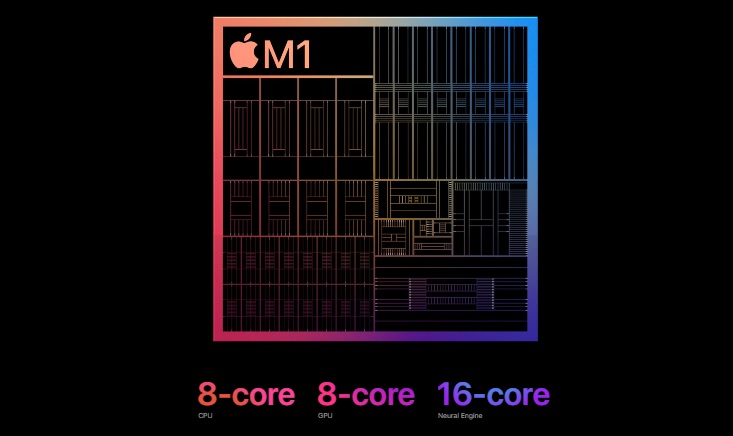
But it is not just about the power and efficiency of M1, the chipset unlocks a lot of potential in terms of bringing smartphone-like capabilities to devices, from Augmented Reality (AR) to 5G. The immediate competitors are the Microsoft Surface series of laptops, mostly powered by Intel or AMD series, and an odd model like the Pro X, powered by Arm-based customized Qualcomm silicon (Microsoft SQ1/2). Recently, Samsung also debuted a new Galaxy Book line-up, all powered by Intel chipsets. It is the only series that is closer to converging the smartphone and PC connected experiences.
The M1 chipset is based on the same fundamental ARM architecture as the A-series chips that we have been seeing on iPhones and previous iPads. This makes it seamless for the apps developed for A-series devices to become compatible with the M-series devices, expanding the opportunities for developers beyond iPhones and iPads.
Top-notch Specs Bring Fluidity and Future-proofing
Apple has been setting gold standards when it comes to memory and storage to complement its powerful SoCs, making it an ultimate device for rich content creation and consumption. Drawing parallels from iPhones, according to our Component Price Tracker, the average NAND flash storage capacity in smartphones has been rising. Talking particularly about Apple, the average NAND density was 141GB in Q4 2020. The increase in demand for storage capacity can be attributed to higher resolution cameras capable of capturing high-quality photos and videos, storing audio, video and other types of content, and more. The maxed-out version of M1 iPad Pro also has 2TB of onboard storage which allows content creators to store those large video files without worrying about storage space, thus making it future-proof.
Now, having 16GB of DRAM can be termed as bragging rights for the iPad Pro M1, but it also means that it is nearly as powerful as the laptops. Having more RAM will not only speed up tasks like video post-processing and loading large files in apps like Adobe Illustrator, Photoshop and Procreate, but also make the tablet future-proof for the next few years. This makes the entire experience fluid for the users.
Commenting on this specs strategy, Counterpoint Research Associate Siddharth Bhatla said, “The 16GB RAM in iPad is a big jump from its 6GB predecessor, signaling a major overhaul, either in the iPad apps or the iPadOS altogether. The larger RAM paves the way for bringing full pro-grade desktop apps into the iPad ecosystem and facilitate in a better way the multi-tasking needed in typical professional use cases. Video-editing apps like Final Cut Pro need large swathes of RAM for editing videos. As the videography is transitioning to 8K HDR, processing high bit-rate files will be a whole lot smoother with ample RAM. Beefy 3D simulation tools like ANSYS currently depend on the cloud to render frames, but a powerful processor like the M1 creates room for moderate simulation rendering on iPad.”
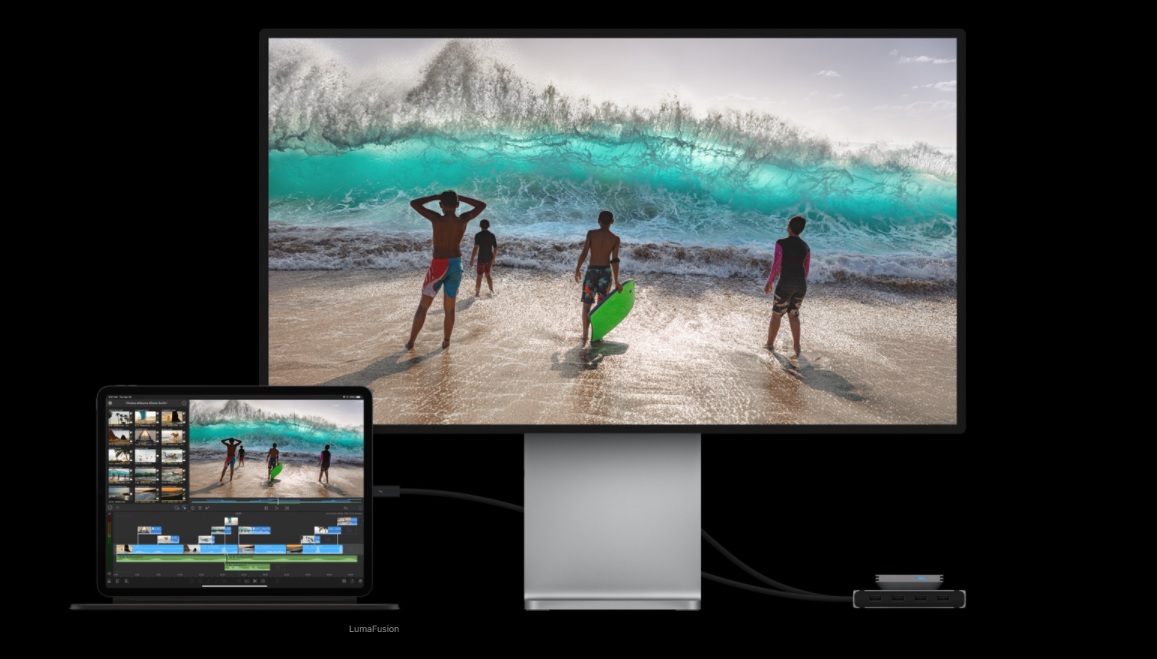
Bhatla added, “The iPad has traditionally been a media consumption device, whereas the iPad Pro is positioned towards the content creators and users looking for a highly portable but powerful device on the go. With this massive RAM upgrade, Apple has given wings to the app developer community for bringing the best out of iPads. With the upgrade to the 40Gbps Thunderbolt port, the new iPad Pro has to power to drive a 6K XDR display and support massive data-transfer rates, both of which can be a boon to the content creators. Apple Pencil on iPads further unlocks multiple use-cases which are not ideally convenient on most PC form-factors.”
M1 iPad Pro with 5G Connectivity Unlocks Many Possibilities
The iPad Pro M1 is the company’s first iPad with 5G connectivity. With blazing-fast 5G speeds at your fingertips, you can stream high-quality videos, and quickly upload or download files on the go. The low-latency network also means you can play your favorite and immersive mobile games on the go. Even the AR applications benefit from the high-speed connectivity.
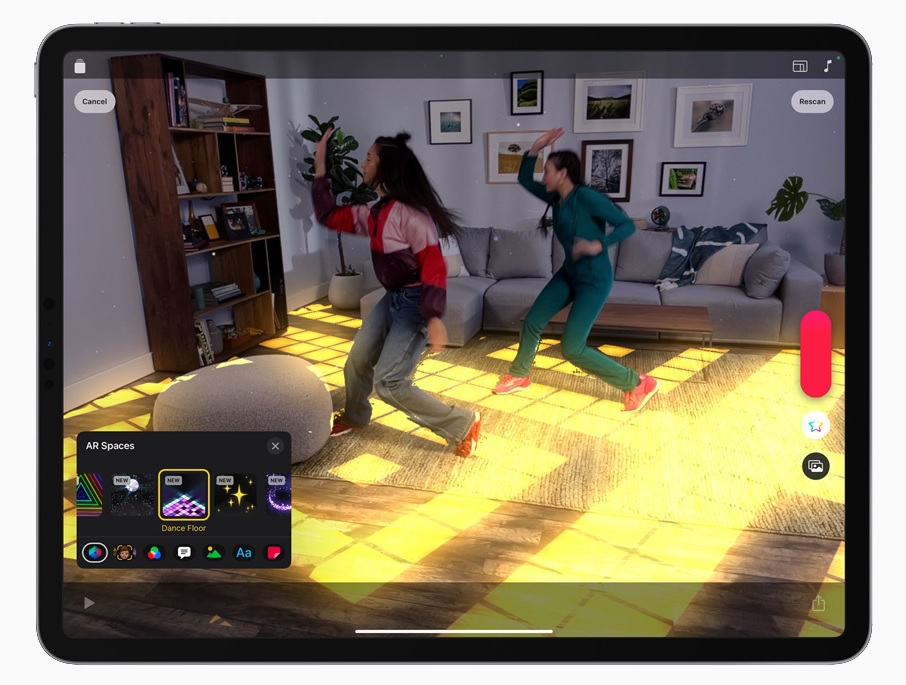
The LiDAR sensor on the iPad Pro M1 also unlocks immersive AR capabilities by creating a depth map of any space around you. The powerful ISP (Image Signal Processor) on the M1 chipset can focus on images more accurately, even in low-light conditions.
Can M1 iPad Pro be your Laptop Replacement?
The iPad Pro, with its premium price tag, is aimed purely at professionals. But whether or not it is a laptop replacement is a tricky question to answer. The “workflow” will play a crucial role here, besides the budget. Take, for instance, a graphics designer, an interior designer, or a professional photographer. These are the type of people who use apps like Adobe Illustrator and Photoshop to create designs or edit photos. The M1 iPad Pro with Apple Pencil could prove to be a perfect tool to quickly draw rough sketches of designs they are thinking about. Procreate, a popular illustration app, is getting support for the M1 iPad Pro in its next update, which will enable painting 3D models, and will be up to four times faster. On a regular laptop without touchscreen or stylus support, it will not be easy to draw this quickly.
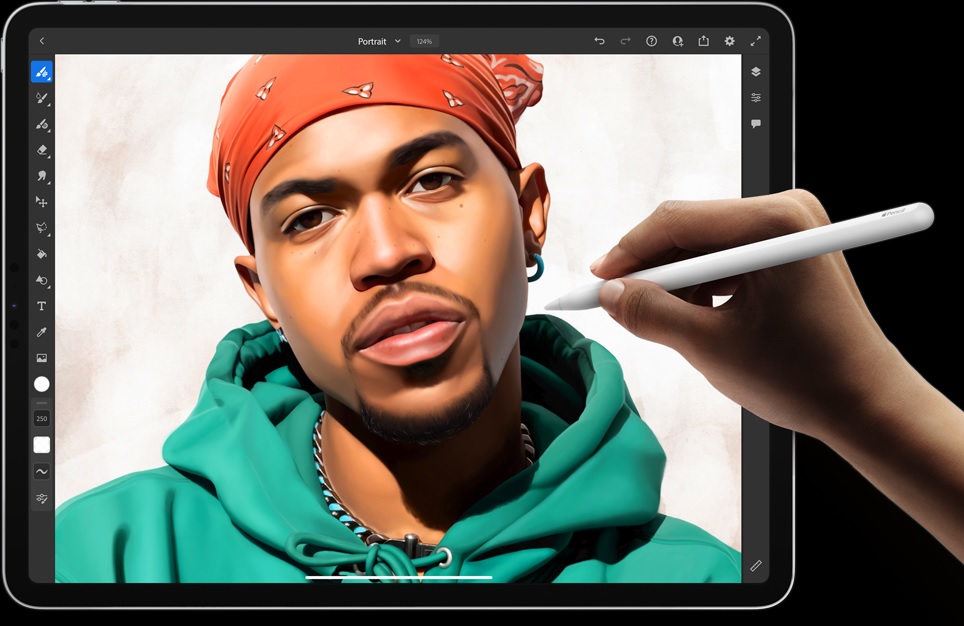
Next, think of an on-the-go content creator, someone who is using an iPhone to shoot 4K videos on travel or food, or for regular vlogs. Transferring videos to the iPad Pro using AirDrop is quick and easy. And with apps like Adobe Rush, iMovie and Luma Fusion, editing pro-grade videos on the go is easy. But one of the pain points of all apps is the time taken for rendering videos and exporting them.
In my MacBook Air M1 first impressions, I did a small test. I shot an 8K video, imported that on iMovie, edited it and then exported it in 4K 60fps. The rendering just took under a minute, whereas the same on my Windows 10 laptop, running Intel Core i7 processor and 16GB of RAM, took about seven minutes. So, if the M1 iPad Pro can deliver the same performance, it could mean less wait time for content creators to get the final video rendered.
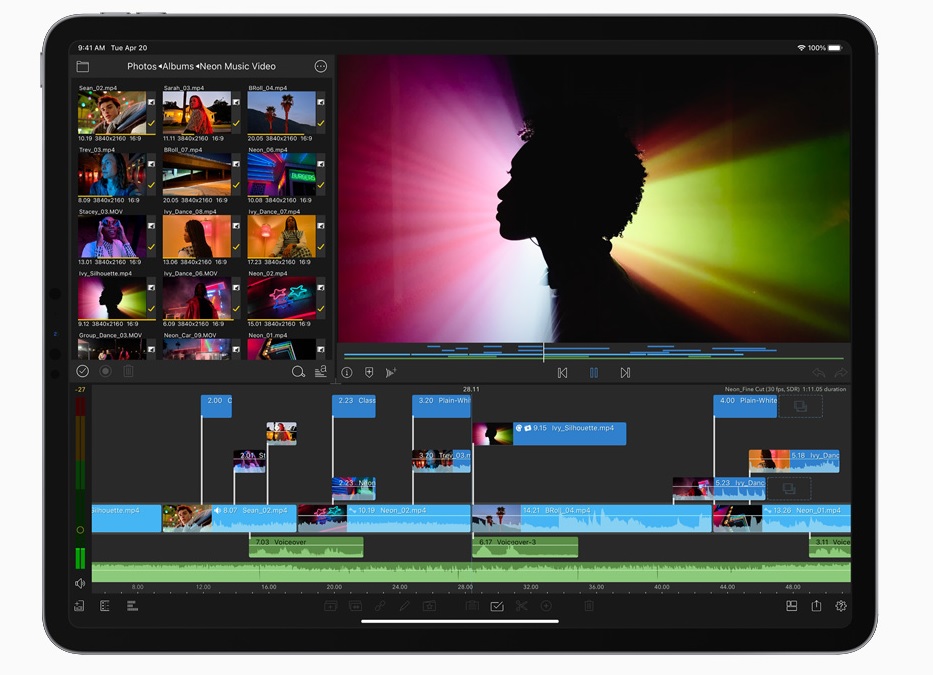
The third category of users will be executives who generally keep traveling to client offices to give presentations about their products and services. Such users could also include CEOs who attend meetings and have to travel a lot. In this case, carrying a portable tablet seems more apt than a bulky laptop. And having 5G cellular connectivity means they don’t need to rely on the Wi-Fi network at the hotel or public places to access emails or continue working on cloud documents.
Pricing will play a crucial role here. For example, the Wi-Fi-only base iPad Pro model with 128GB storage and an 11-inch screen is priced at $799 and goes up to $2,099 for the 2TB storage model with 5G connectivity. The 12.9-inch model, on the other hand, starts at $1,099 for 128GB storage and Wi-Fi-only connectivity. The top model with 2TB storage and 5G connectivity will be available for $2,399.
The one important thing to note here is that the MacBook Pro M1 laptop with 2TB storage costs $100 less at $2,299, compared to the top iPad Pro model with M1. Add $129 for Apple Pencil and $299 for the Magic Keyboard, the total cost for the iPad Pro with M1 and accessories goes to $2,827.
But for someone with no budget restrictions, having workflow flexibility and heavily invested in the Apple ecosystem, the M1 iPad Pro may just be an apt choice given the compactness, touchscreen, efficient battery life, Apple Pencil support and 5G connectivity. So, Apple is now offering a wide range of powerful computing options with differentiated capabilities for the users looking for a tablet form-factor instead.
Demand for M-series iPads to Soar
Apple introduced the iPad Pro in 2015, featuring the powerful Ax-series chipsets. But over the years, Apple has been looking to bridge the gap between iPads and MacBooks. Introducing Universal Apps that run across Apple devices – iPhone, iPad and Mac – was the first step. The M1 chipset-based iPad Pro is the second step towards bridging the gap.
The M1 iPad Pro is launching around mid-May in key markets such as the US. In other markets, it may take a little longer. The demand for M1-based iPads will be very high but with Apple’s warning about chip shortages in H2 2021, we estimate the share of M-series-based iPads to remain at close to one in ten iPads shipped this year. For the second half this year and the next, we estimate that almost one in five iPads shipped will sport an M-series SoC.
Also Read: Strategic Reviews and Insights on Latest Smartphones and Laptops
- Apple M1 Macs Review
- Xiaomi Mi Notebook 14 Review: A Solid Performer in Work-From-Home Era
- First Impressions: Asus ROG Phone 5 Brings Promising Upgrade, But Competition Gets Fierce
- LG Wing 5G Review: A Sidekick Among Foldables

